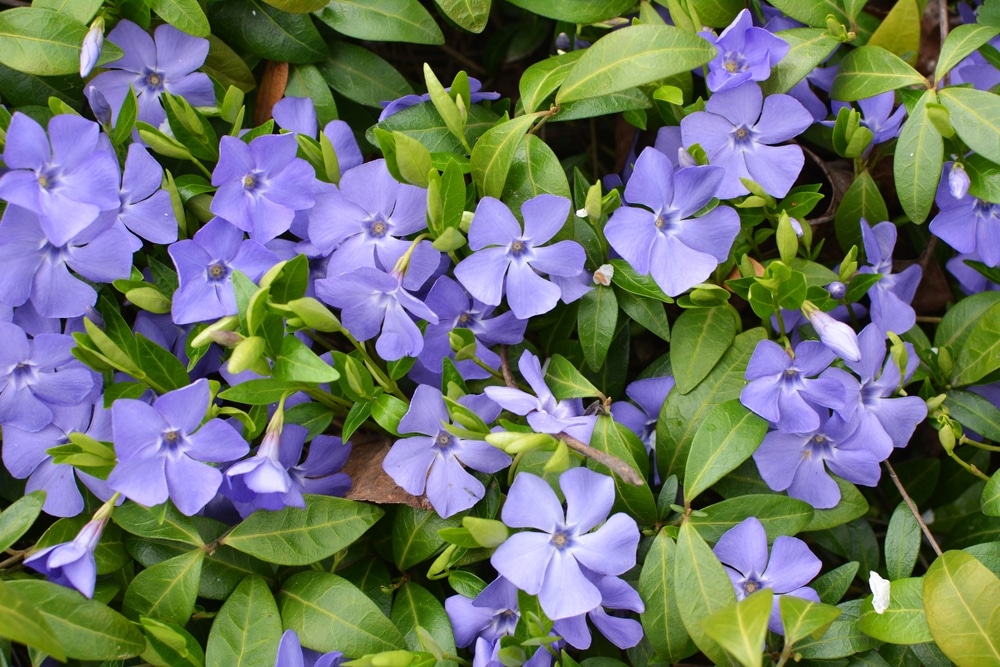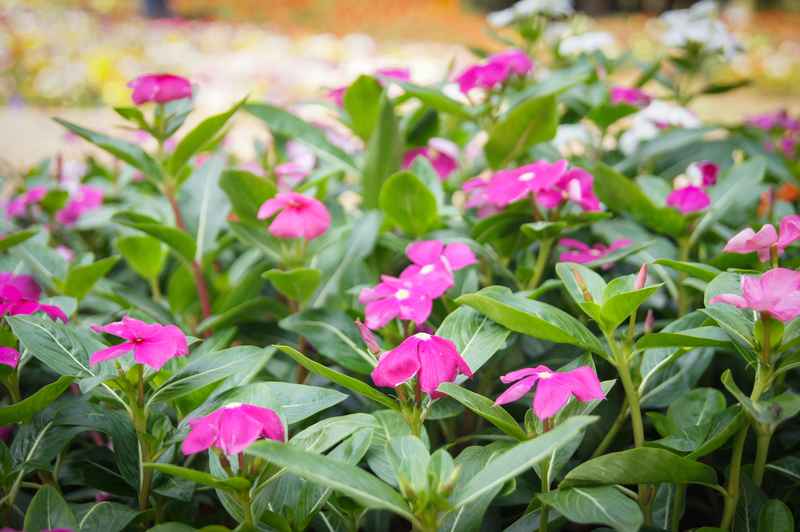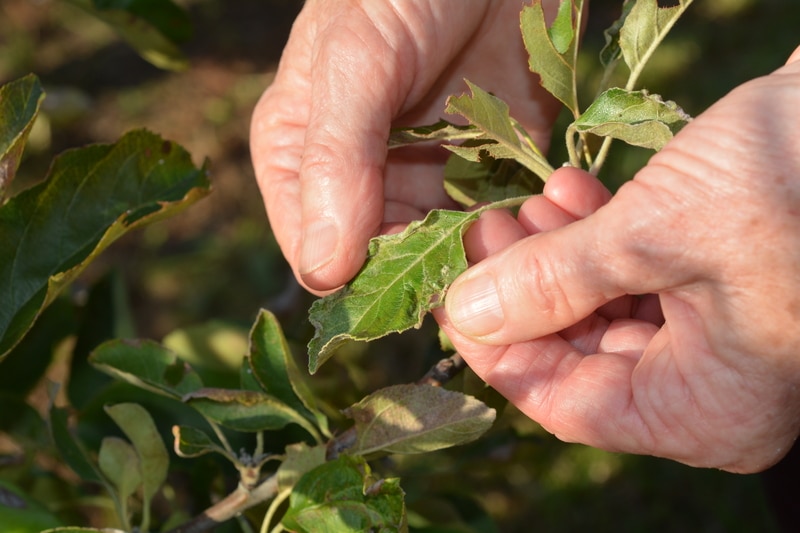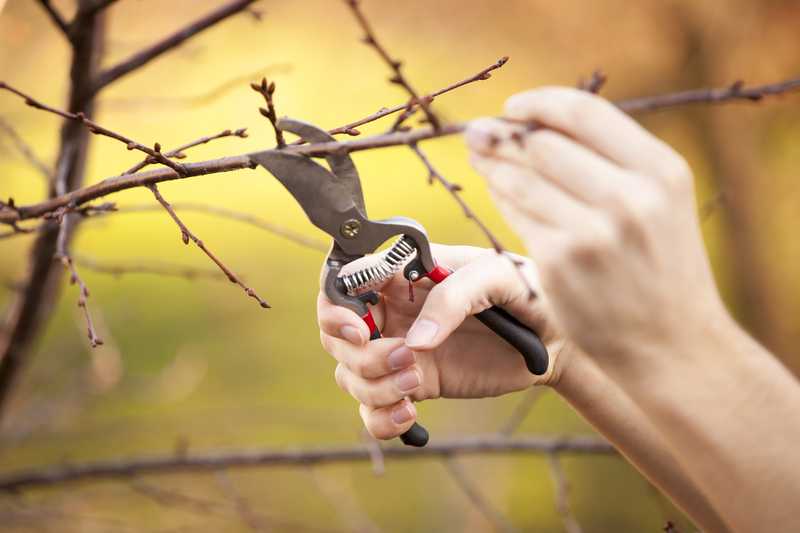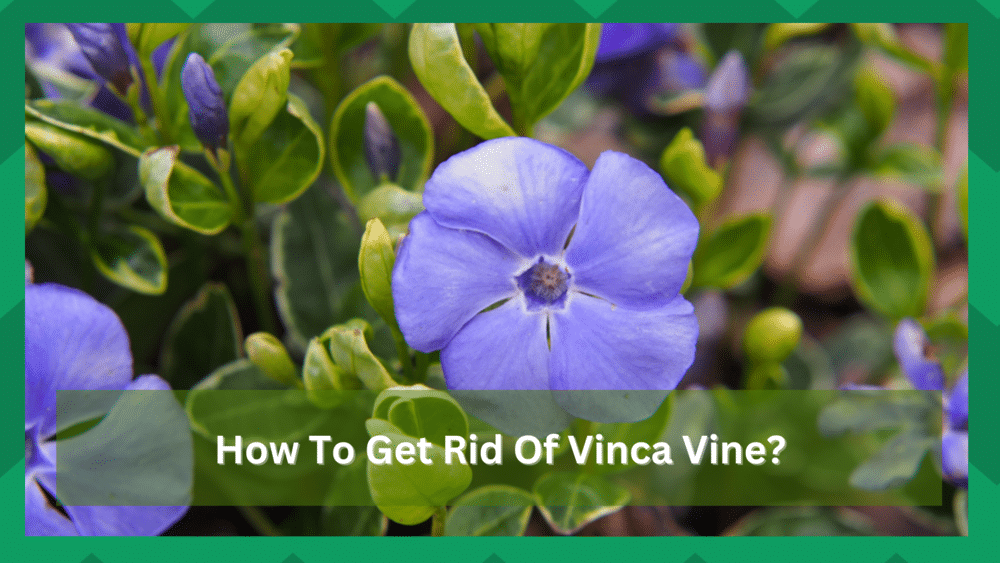
Vinca, also known as periwinkle, is a flowering plant native to southwest Asia, northwest Africa, and Europe.
This plant usually grows in hot climates where the weather always stays high. Although, you should note that this plant can also survive colder areas.
When it comes to planting vincas, there are certain things that you need to keep in mind. The flowers are easy to maintain, but depending on your Vinca type, the steps required to keep it healthy might vary.
This is why you must understand how to take care of the plant. People often complain about their vinca plants having tons of vines.
This is normal for vincas, but having too many vines can make your garden look bad.
The main reason why flowers like these are planted is to make your ground look appealing, which is why it can be quite annoying.
Considering this, we will use this article to teach you how to eliminate the vinca vine.
How To Get Rid of Vinca Vine?
Getting rid of vinca vines is simple, but multiple ways can be used. Considering this, you can choose one of these depending on which one seems easier.
Keep in mind that having equipment that can assist you in taking out the vines makes the process easier. However, you can still do this without any additional items.
- One simple method that can be used is pulling the vines directly from the ground. This can only be done while the soil is still moist. The main reason is that dry soil is a barrier preventing you from pulling the roots. Simply remove the vines from the ground and cut them using garden scissors. While this is the easiest fix, its results are only temporary.
- Another method is keeping the area around your Vinca trimmed and making sure that you remove the vines from the ground as well. You can use steel tools like weeders to make the job easier. Once you have the area you want your vincas to stay between, add a layer of cardboard or something similar between the ground to stop its growth.
- Finally, one more method to eliminate your vinca vines is using a lawnmower to take off the excess vines. As mentioned above, this is only a temporary fix, so you will have to use another method to make the solution permanent. Glyphosate is a famous chemical that can be bought from most gardening stores. This is great for killing your plant’s roots, so apply it to the area you want to keep the vines away from.
These three steps are enough to eliminate vinca vines; additionally, the steps can be used separately or combined. Depending on which one suits you better, it can easily be done to prevent further plant growth.
Why do Vinca Vines Have to Be Removed?
When it comes to the vines spread by vinca plants, there are some things that you need to keep in mind. Vinca flowers are known for being used as a ground cover because they spread fast.
Moreover, the plant can survive harsh weather conditions and requires almost no maintenance. Considering this, if the flower is planted in an optimal spot, then this will spread all around your garden.
While this can be amazing for tons of users, one thing that you need to understand is that some people also have multiple types of plants in their gardens.
When it comes to this, the spreading vines for your Vinca can cause problems instead. This is because Vinca is one of the most invasive plants and can start killing other flowers in your garden.
Keeping this information in mind, you must eliminate the vinca vine using the above steps. These will ensure that the growth of your vincas is kept in control so that you can grow other flowers with them without any issues.
Why is it necessary to get rid of Vinca Vine?
Vinca vine (Vinca major) is an invasive, evergreen perennial native to Europe and parts of Africa. It has become a serious weed problem in many areas due to its ability to spread rapidly via underground stems called rhizomes.
Vinca vine can quickly overtake other vegetation, forming dense thickets that out-compete desirable plants for space, light, and nutrients.
This plant thrives in moist soils with high fertility levels, making it difficult to control landscapes with these conditions.
Getting rid of the plant before it spreads too far is important to keep Vinca from taking over your garden or lawn area.
Removing vinca vines requires both mechanical and chemical methods depending on the size of the infestation and how well-established the plants have become.
Mechanical removal involves digging up individual plants or larger sections of soil containing multiple rhizomes, while chemical treatments involve applying herbicides specifically designed for controlling this species of weeds.
No matter which method you choose, wear protective clothing when working around this plant, as its sap can cause skin irritation if touched directly without gloves or protective clothing.
Furthermore, always follow all safety instructions provided by product labels when using any chemical treatment around your garden or lawn.
In summary, getting rid of the vinca vine is important because it is an invasive species that can quickly overtake other vegetation and be difficult to control in certain environments.
Mechanical and chemical methods are available for removing this plant, but protective clothing should always be worn when dealing with the sap, as it can cause skin irritation.
Additionally, when using any chemical treatments, always follow all product instructions for safety.
By removing the vinca vine from your landscape, you can help maintain a healthy garden or lawn area free of this invasive weed.
What happens if I Don’t Get Rid of Vinca Vine?
While it can be attractive when properly maintained, the vinca vine can quickly become an aggressive invasive species if not controlled. Left unchecked, the fast-growing perennial can take over large areas of
your landscape, choking out other plants and creating an impenetrable mat of foliage.
In addition to crowding out desirable vegetation, the vinca vine can cause problems with drainage due to its dense root system that prevents water from filtering into the soil.
If you don’t get rid of the vinca vine in your yard or garden soon enough, it’s likely to spread and become increasingly difficult to remove.
To avoid this problem, you should control the growth of any existing vines before they become too widespread.
Why is the best time to get rid of Vinca Vine?
Vinca Vine, also known as Periwinkle or Myrtle, is a fast-growing perennial vine that can quickly take over an area.
It’s hardy and difficult to get rid of once it takes hold in your garden. For this reason, it’s best to tackle Vinca Vine early on before it has a chance to spread.
The best time to get rid of Vinca Vine depends largely on your climate. In warm climates with mild winters, late fall or winter are ideal when temperatures are cooler and rainfall is plentiful.
This helps ensure that herbicide treatments will be more effective since there won’t be any new growth from the plant during those months.
Colder climates may require waiting until spring when the ground has thawed out and temperatures have warmed up enough for effective herbicide application, but before plants begin shooting up their summer blooms, making them harder to control later on down the road.
No matter what climate you live in, taking proactive steps like removing weeds by hand or using mulch around existing plants can help keep the vinca vine at bay, as well as other invasive species like English Ivy or Creeping Charlie (Glechoma hederacea).
You can protect your garden from becoming overrun by taking quick action and tackling Vinca Vine as soon as it appears.
When it comes to getting rid of this tough-to-manage plant, the best time is now.
Conclusion:
Vinca Vine is a tough-to-manage plant that can take over an area quickly, making it important to get rid of the vine before it spreads too far.
The best time for removing Vinca depends on your climate and could range from late fall or winter in mild climates to spring in colder areas.
Taking proactive steps such as pulling weeds out by hand and using mulch around existing plants will also help keep this invasive species at bay.
You can protect your garden from becoming overrun with these pesky vines by taking quick action.
With the right approach and patience, you’ll be able to successfully manage this weed so that it doesn’t disrupt the beauty of your landscape.

